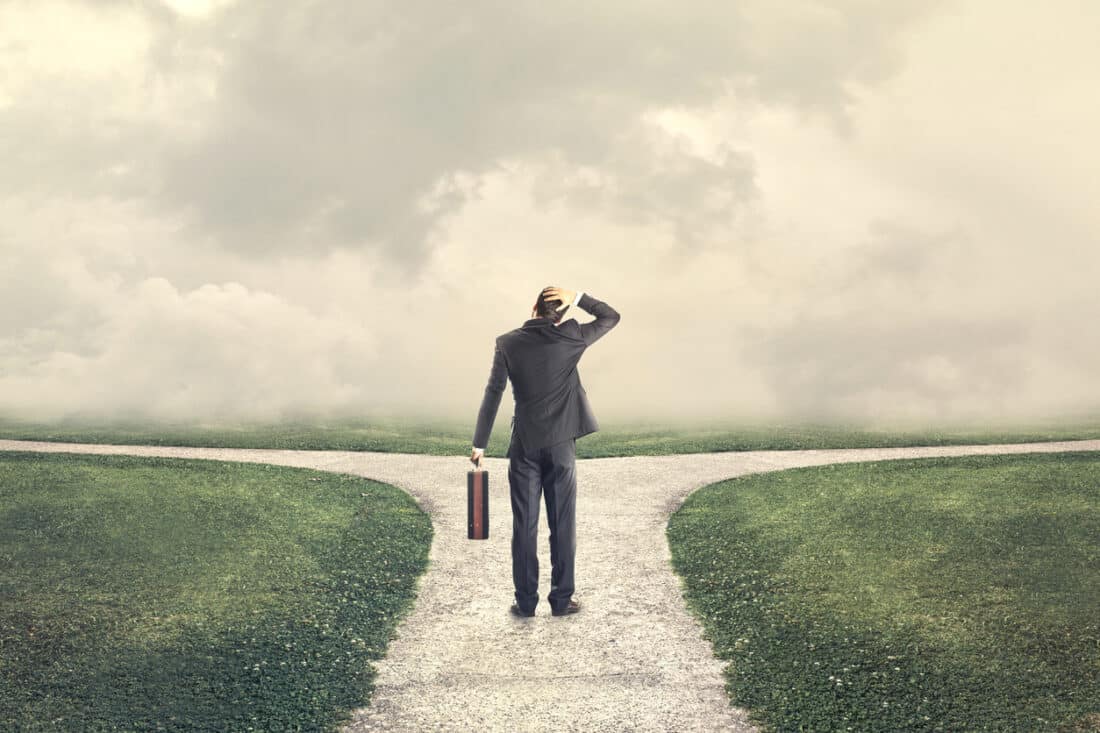How Can Something Be Neither Good Nor Bad?
It’s super fun to watch someone’s thinking shift right in front of you. They might jerk still suddenly, their eyes wide and long, like old cartoon figures in a haunted house or a dark cave, when all you could see was the eyes.
That’s part of the joy of being around children, watching new understandings transform their faces when they’ve discovered not everyone believes the same things about God, or their parents had embarrassing habits when they were kids, or their friends’ parents let them color on the walls.
My teaching has mostly been of adults and I find it especially precious — perhaps because it’s rarer — to watch a big shift in perception happen with adults.
The kinds of shifts adults get seem to be of the fleeting, though recursive, kind. In my own experience, even when I suddenly see things in a wholly fresh way, the recognition might be gone again in an instant, and I’m back (despite my best intentions) in my habitual way of thinking.
And then I get to have the same “revelation” again some years later, in a kind of pleasant Groundhog Day reenactment.
In THE HUMAN JOURNEY (THJ) Conductor Trainings, there’s been one concept around which I’ve been particularly enjoying watching it take place.
Seeing the Big Shift During Conductor Training
That’s when we talk about framing our language and refer to the harder experiences of life not as “bad” nor as a “problem,” but rather as “hard to bear” or “painful.”
The need to start doing this comes up almost immediately in giving participants a THJ Experience, since the first activity for participants involves identifying the conditions into which each was born. Some of the Conditions might at first be universally regarded as tougher to bear – such as having a parent with a mental illness. Some seem on their face universally more pleasant, such as having dinner as a family every night. (Depends, of course.) And some seem more evidently to depend on the meaning the individual ascribes to the condition, being the oldest sibling, for example.
Perhaps “bad” and “painful” sound the same at first, but the distinction matters. When we label an event objectively bad, we resist and harden against it. That of course doesn’t change the event and it may contribute to making it even harder to bear!
But when we label it in terms of its effect on us (“hard to bear,” etc.), we acknowledge our difficulty without resisting what is happening, whether we want it to or not. Doing this may alter our black and white thinking about events, and our point of view at THJ is that it can make harder events actually easier to bear. If we can refrain from ascribing what seem like objective judgments to them, the hardest events of our lives — like watching a loved one die or reckoning with grief — can come with an acknowledgment of the pain involved but without the sense that “this shouldn’t be happening.” It is happening.
Our thinking, as revealed in our language, is so deeply embedded in us, though! THJ Conductor trainees tend to be sensitive souls, seekers of soul and peace and imbued with the desire to share their growth with others. And yet, and yet — it takes them a while before they stop returning to speaking of the hard things of life as “bad” and experience the conceptual leap that makes hard events just hard events, even though they’re painful.
It’s that understanding that we hope will widen participants’ eyes when they go through the toughest life experiences. It’s not that these things don’t happen. They’re not necessarily a “tragedy” and they break our hearts. That distinction may just be the thing that enables us to get through them.
They’re hard. We’ve gotten through hard times before. We just need to remember how.
Related Posts
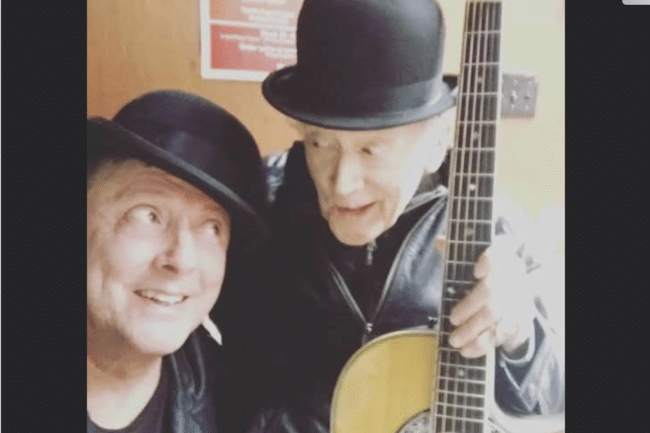
The Incredible Will to Sing
The will to make it to a loved one’s graduation or wedding, or to the birth of a new baby, somehow compels the body to obey the will. Stu Klitsner was going to sing at his only granddaughter’s wedding, come hell or high water.
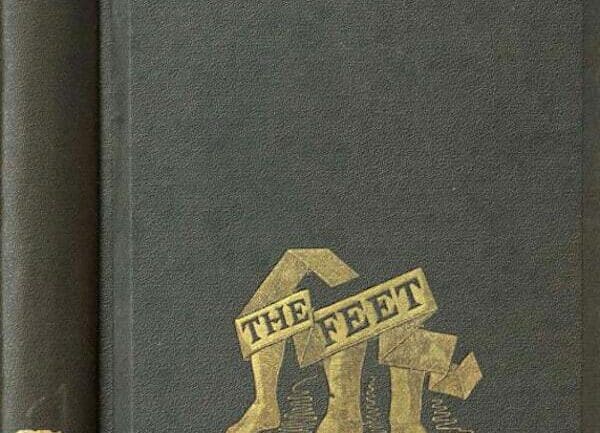
The Chaplain’s Feet
Chaplains exercise their humanness with every patient or family member they meet. What are the parallels between the kind of presence chaplains bring in the spiritual realm and that of the dancer who sees her choreography and performance as a kind of chaplaincy?
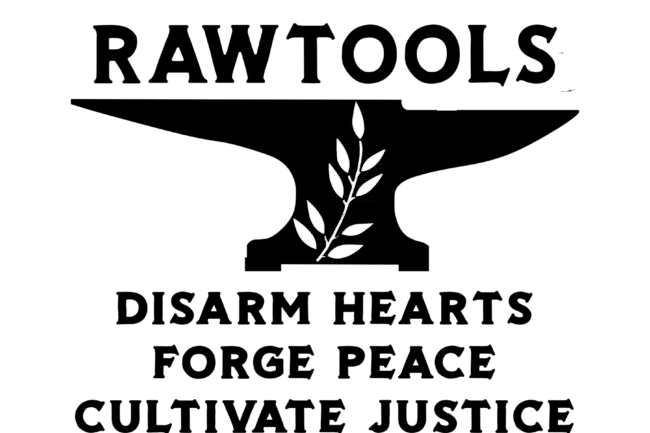
Whacking a Gun
At the 2023 Parliament of the World’s Religions, blacksmiths from RAWTools demonstrated how they took guns that had been surrendered from a variety of sources and re-formed them into garden hand tools, making literal their mission and message of anti-violence. The organization takes literally the passage from the Book of Isaiah to “beat their swords into plowshares and their spears into pruning hooks.”
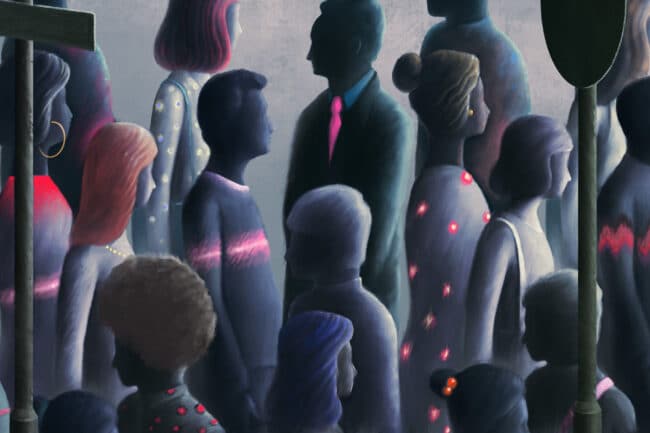
A Vaccine for Loneliness?
Public health has gotten bigger and bigger in recent decades. What was only thought of in the past as individual choices, like drug addiction, gun violence, or smoking crossed over to be thought of by many as social issues and, eventually, as matters of public health. With the Surgeon General’s report that came out in May, 2023, loneliness and isolation may assume their place alongside them as social epidemics.
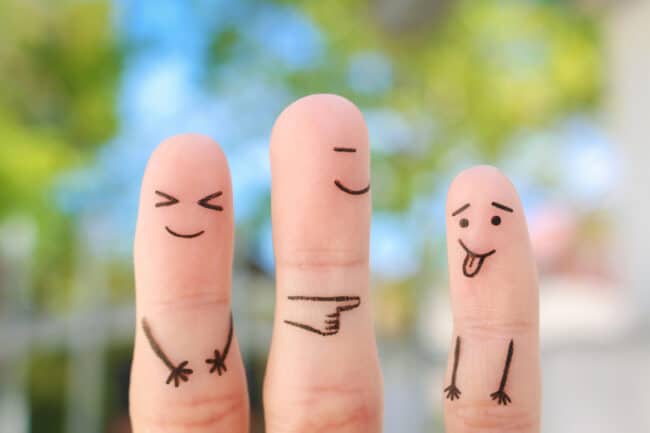
Grief on the Comedy Stage
Is it in supremely bad taste, or potentially healing in a social setting, to use death and dying as material on the American comedy stage? The post-pandemic fad of comedy shows that deal with what have been taboo topics is currently walking that line.
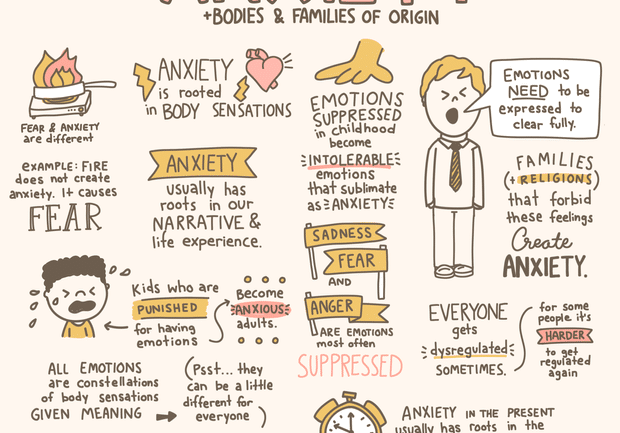
If You’re a Pro, You Gotta Have a Pro
Lindsay Braman’s example can open your mind about what sorts of both joy and utility you can create, simply by letting your own gifts out of the closet and using them in your work, in recognizing that, if a therapist/doodler can connect two passions, so can you.

